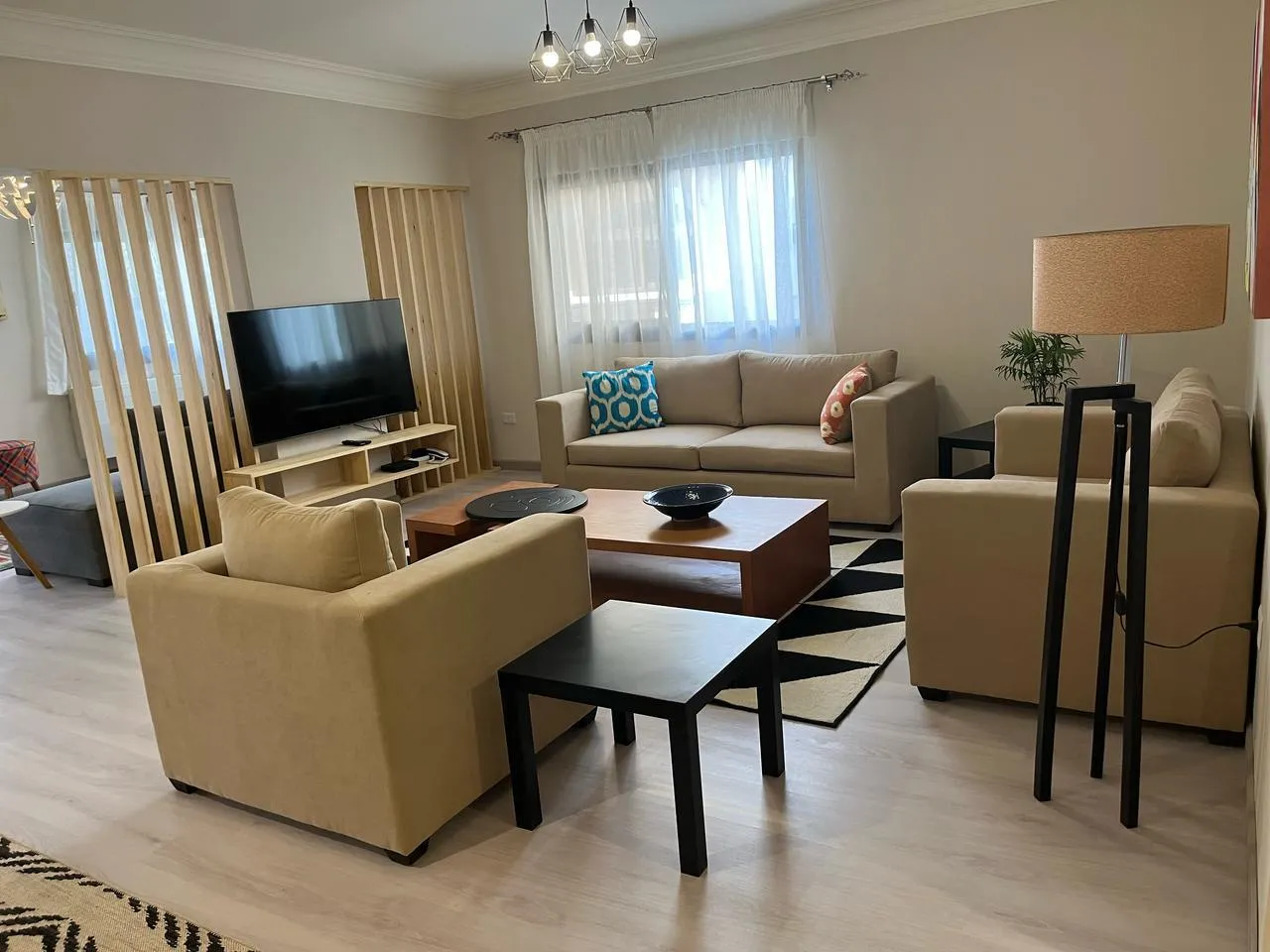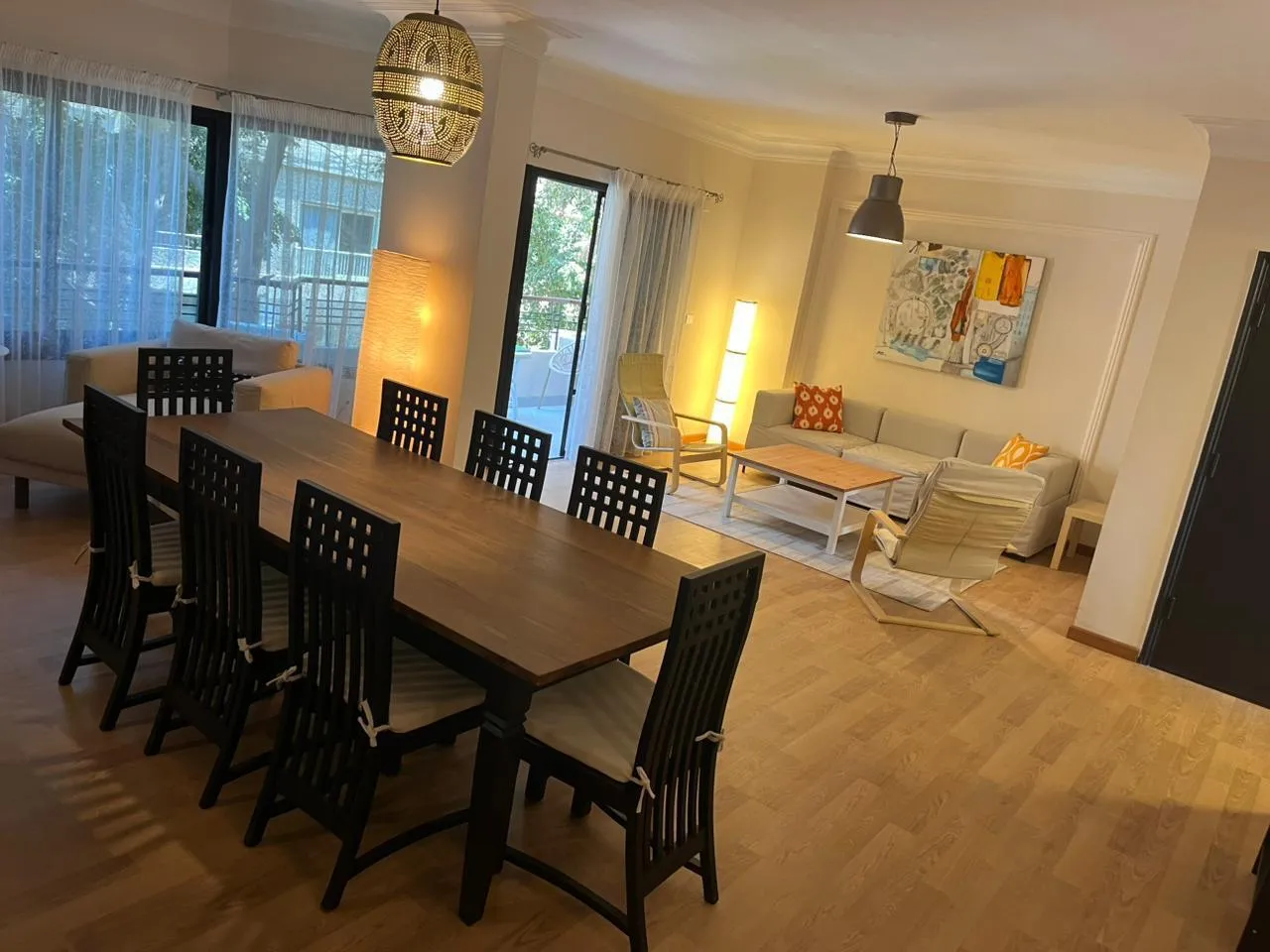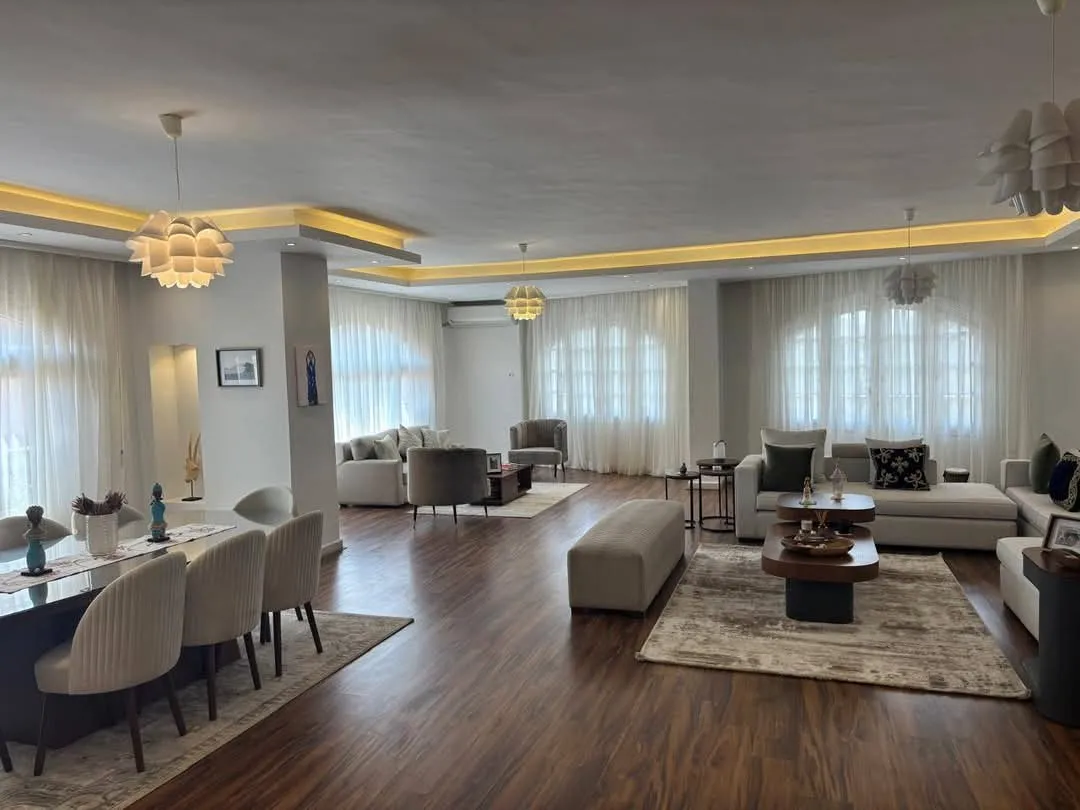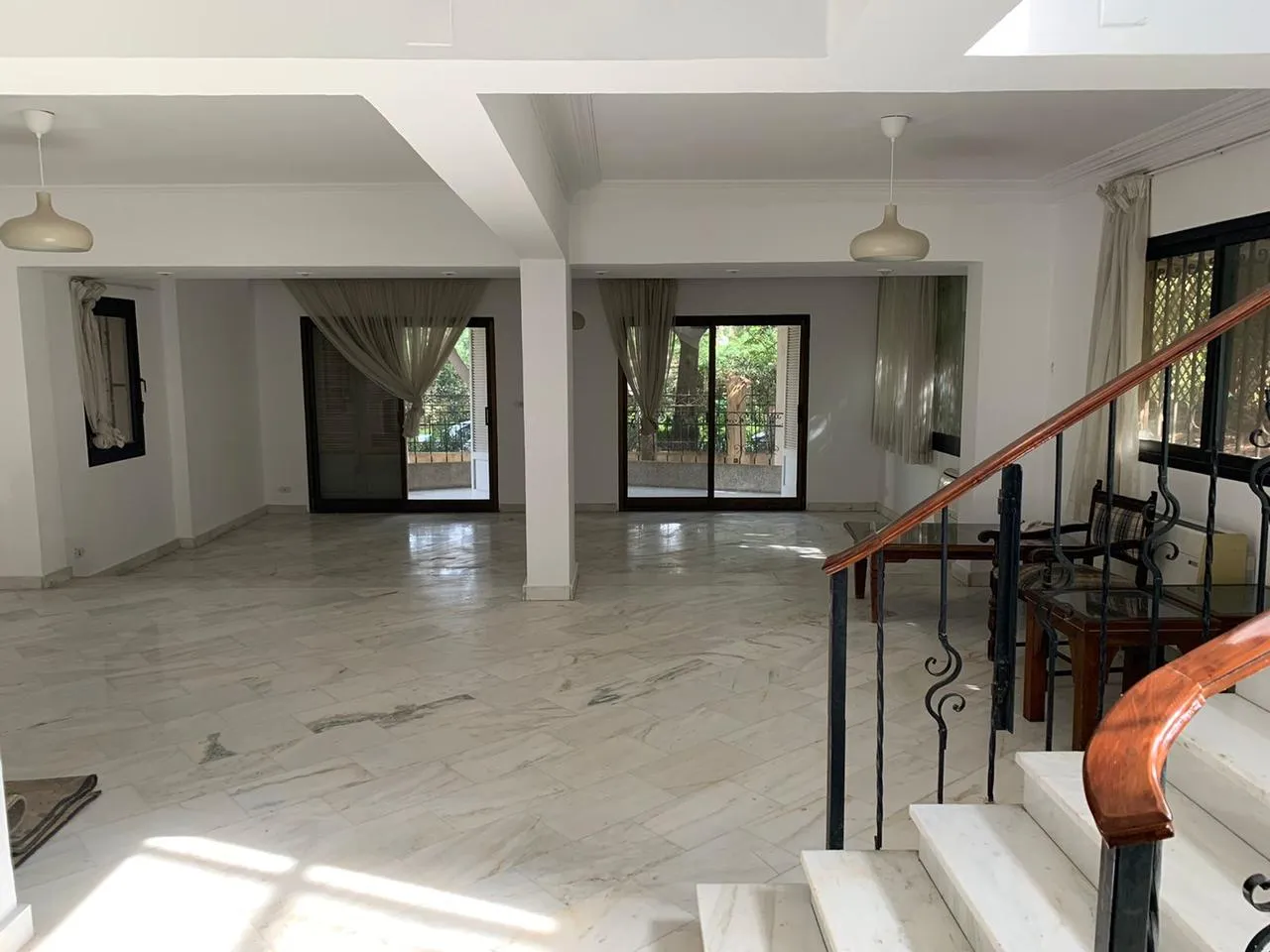Understanding What Your Rental Apartment Includes: Window Blinds and Balcony Shades
Author
Ali Ashour
Time
9 Min.
Language
English
Created:
3/27/2024
Updated:
4/15/2024
Understanding What Your Rental Apartment Includes: Window Blinds and Balcony Shades
In rental apartments, the debate around the inclusion of window blinds and balcony shades often reflects on the property's allure to prospective tenants, making the apartment more desirable. Not only do these features offer aesthetic appeal, but they also promise added privacy and energy efficiency, attracting tenants looking for apartments for rent near me who value comfort and style.
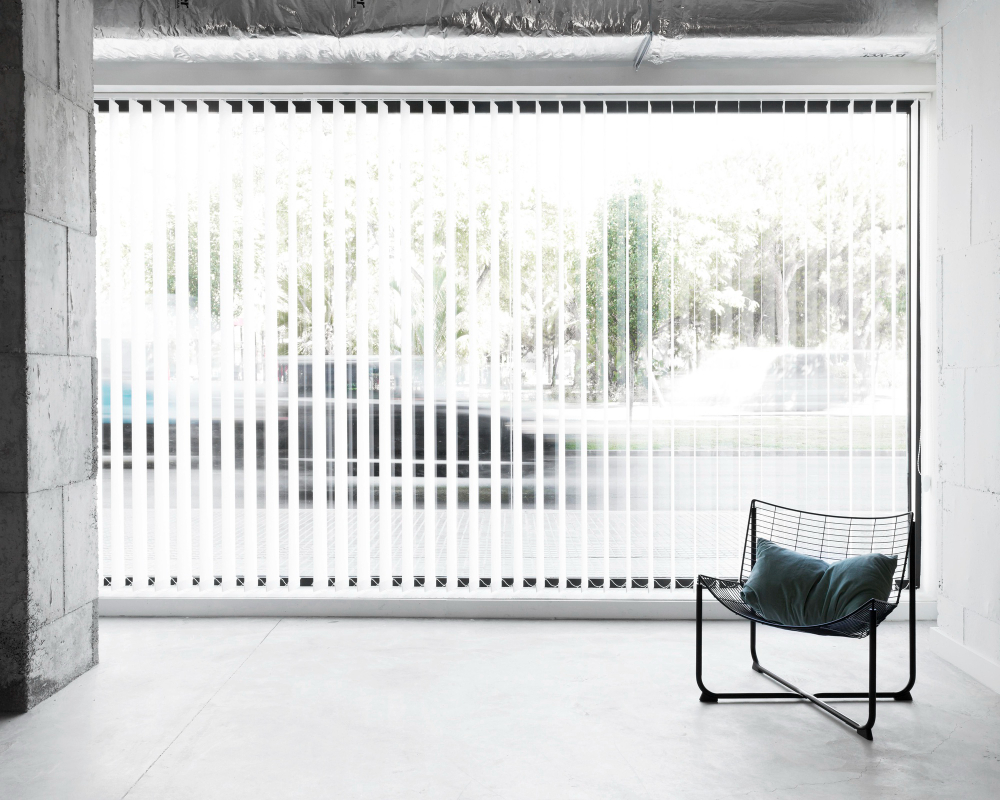
Understanding the intricacies, such as landlord policies on window treatments, can significantly enhance a rental apartment's value, and securing permission for installations ensures compliance with lease requirements. This article delves into the various aspects of window and balcony coverings in rental apartments, from types and installation responsibilities to cost considerations, appealing to readers seeking rental apartments near me.
Understanding Landlord Policies on Window Treatments
Navigating the landscape of landlord policies on window treatments in rental apartments can be complex, yet understanding these nuances is essential for both landlords and tenants. Here's a breakdown:
- Responsibility for Damage:
- Normal Wear and Tear: Landlord's responsibility.
- Tenant-Caused Damage: Tenant's responsibility.
- Financial Aspects:
- Depreciated Expense: Landlords can only charge for the depreciated value of new blinds.
- Documentation: Essential to avoid disputes; document condition before moving in.
- Legal and Practical Considerations:
- Not a Requirement: Blinds are not essential for habitability but are recommended.
- Landlord's Responsibility: Providing a safe, habitable environment includes window coverings in some states, like Massachusetts.
- Renter's Rights: Tenants have the right to repairs affecting health and safety.
- Installation Permissions: Landlords cannot perform repairs or install coverings without tenant consent.
Understanding these key points ensures compliance with lease agreements and local laws, while also enhancing the living experience in rental apartments.
Types of Window Blinds and Balcony Shades
When exploring the vast array of window blinds and balcony shades for rental apartments, it's essential to consider their functionality, aesthetic appeal, and suitability for different spaces. Here's a breakdown of the types and their key features:
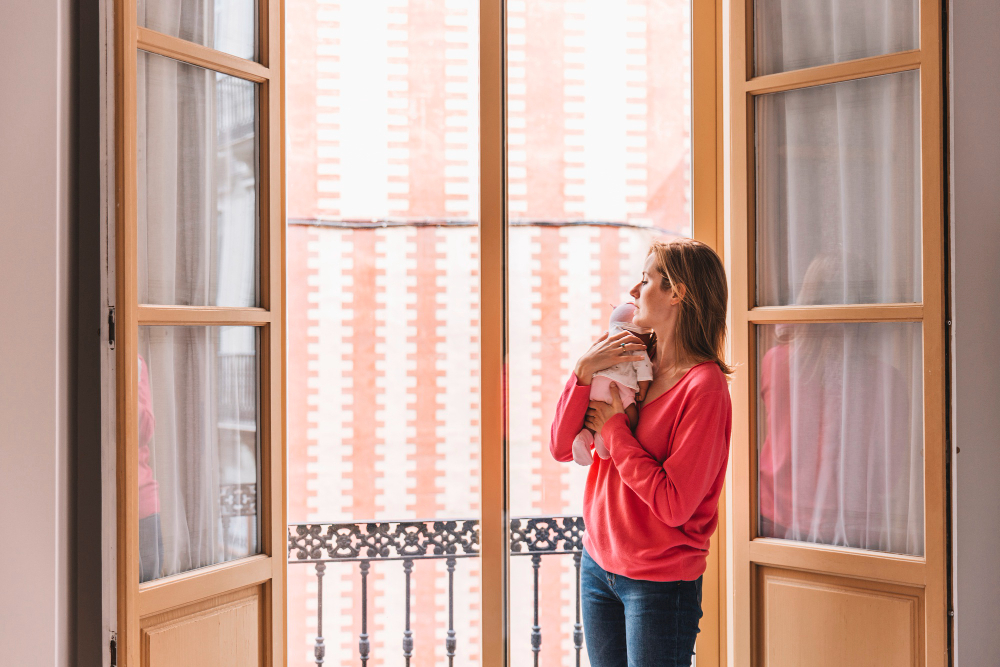
- Functionality and Material Options:
- Solar Shades: Known for UV protection while allowing views outside. Options include varying opacities for light control and materials like fabric, solar, and vinyl.
- Roller Blinds: Popular for their versatility, available in PVC, canvas, or mesh, catering to comfort and budget-friendly preferences.
- Faux-Wood Blinds: Ideal for high moisture areas, offering durability and ease of maintenance.
- Aesthetic and Practical Benefits:
- Aesthetic Appeal: Enhances the apartment's visual appeal, making spaces more inviting.
- Privacy and Light Control: Increases privacy and allows tenants to manage natural light, with blackout shades recommended for bedrooms for better sleep.
- Balcony Shades: Protect from excessive sunlight or rain, suitable for outdoor spaces.
- Recommendations for Common Areas:
- Solar shades are suggested for areas like living rooms to reduce glare and protect against UV rays, while blackout shades are favored in bedrooms for privacy and improved sleep quality. This selection ensures that the rental apartment remains functional, stylish, and comfortable for tenants.
Installation and Maintenance Responsibilities
For landlords and property managers, the decision to include window treatments in a rental apartment is not just about aesthetics; it's a strategic choice that impacts tenant satisfaction and property management efficiency. Here are key considerations:
Attracting Quality Tenants:
- Providing window coverings can be a decisive factor for potential tenants. High-quality residents often seek out well-maintained properties that offer added conveniences, such as pre-installed blinds or shades, contributing to a longer tenancy and timely rent payments.
Installation and Maintenance:
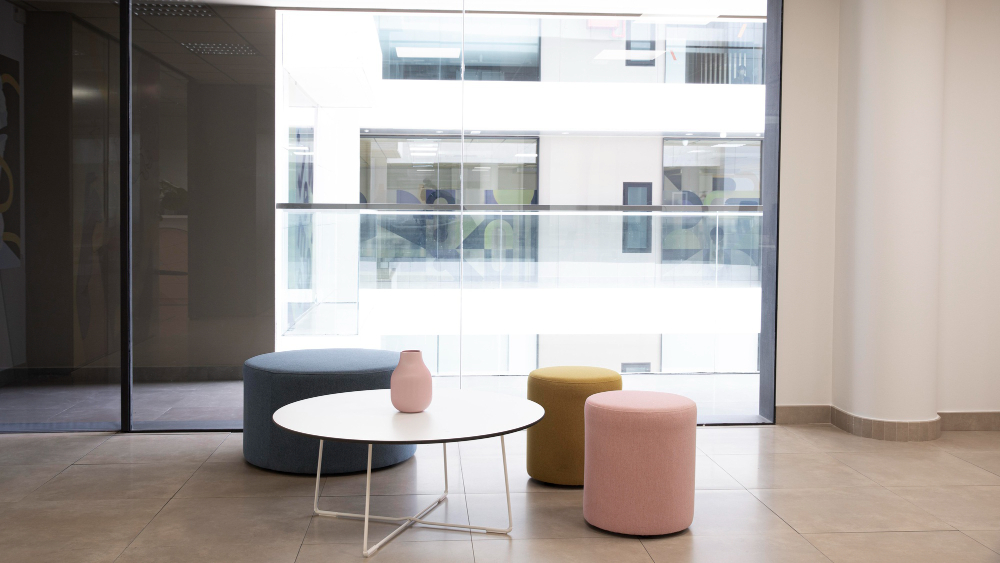
- Responsibility: Depending on the lease agreement, installation and maintenance might fall to the landlord or the tenant. It's crucial to clarify this upfront to avoid misunderstandings.
- Costs: Installation costs vary, with labor for shades installation ranging from $50 to $75 per shade or $35 to $100 per hour for a contractor. For blinds, labor costs are between $15 to $50 per window. Custom and motorized options can significantly increase these costs.
- Property Management Services: These services can streamline the process, ensuring compliance with lease requirements and state laws, and managing regular checks to prevent future issues. However, state laws may dictate the extent of services a property management company can offer.
Avoiding HOA Issues:
- Guidelines for window coverings are essential to prevent fines from the Homeowners’ Association (HOA). Regular checks during move-ins, move-outs, and evaluations can help avoid violations and maintain the property's standing within the community.
In conclusion, the inclusion of window treatments in rental apartments represents a balance between aesthetic appeal, tenant satisfaction, and practical property management considerations.
Cost Considerations and Benefits
Window treatments in rental apartments serve more than an aesthetic purpose; they significantly impact the property's value and the well-being of the tenants. Properly chosen and installed window blinds and shades not only enhance privacy and promote better sleep but also contribute to the interior decor, potentially allowing landlords to set a higher rental price. For instance:
- Privacy and Sleep Quality: Adding blackout shades in bedrooms can be a pivotal factor for renters, ensuring a good night's sleep.
- Aesthetic Appeal: Matching blinds to the apartment's decor elevates the living space, making it more attractive and justifying a higher rental price.
- Energy Efficiency: Installing energy-efficient window treatments like cellular shades and roller shades can prevent energy loss, maintaining a comfortable interior temperature and reducing energy costs.
Cost considerations are equally important. The average installation cost for window shades ranges from $350 to $950, with prices varying by size, material, type, and whether the mount is inside or outside. For example:
- By Size: $65 to $165
- By Material: $25 to $200
- By Type: $30 to $200
- Mount Type: Inside vs. Outside Mount Shades Cost ranges from $45 to $100
Blind installation costs average at $774, influenced by the style and number of windows, with materials typically costing $5 to $15 per square foot. This investment not only enhances the apartment's appeal but also contributes to energy efficiency, potentially saving money on energy costs in the long term.
Conclusion
Through the exploration of window treatments in rental apartments, it's clear that both landlords and tenants can greatly benefit from an understanding and agreement on blinds and shades. Not only do these features offer a significant boost in privacy, energy efficiency, and aesthetic appeal, but they also play a pivotal role in tenant satisfaction and the overall desirability of a property. Recognizing the nuances of landlord policies, the varied types of window coverings, and their installation responsibilities underscores the importance of these elements in enhancing the living experience and potentially increasing the rental value of an apartment.
Moreover, the broader implications of incorporating window blinds and balcony shades into rental units extend beyond mere decor to touch on aspects of well-being, such as improved sleep quality and personal privacy. As both landlords and tenants navigate the nuances of rental agreements and property enhancements, the mutual benefits of well-chosen and maintained window treatments are undeniable. In pursuit of creating more inviting, comfortable, and efficient living spaces, the selection and installation of window blinds and balcony shades emerge as a crucial consideration for all parties involved, suggesting a path toward harmonious residential arrangements and satisfaction.

